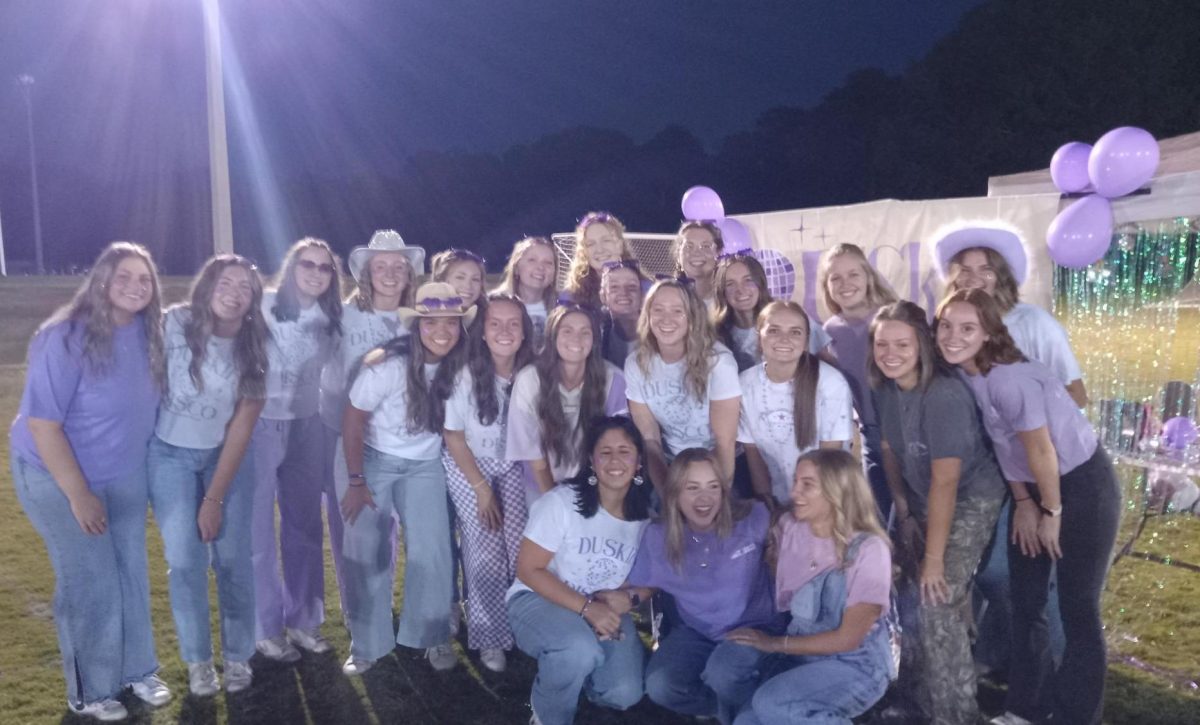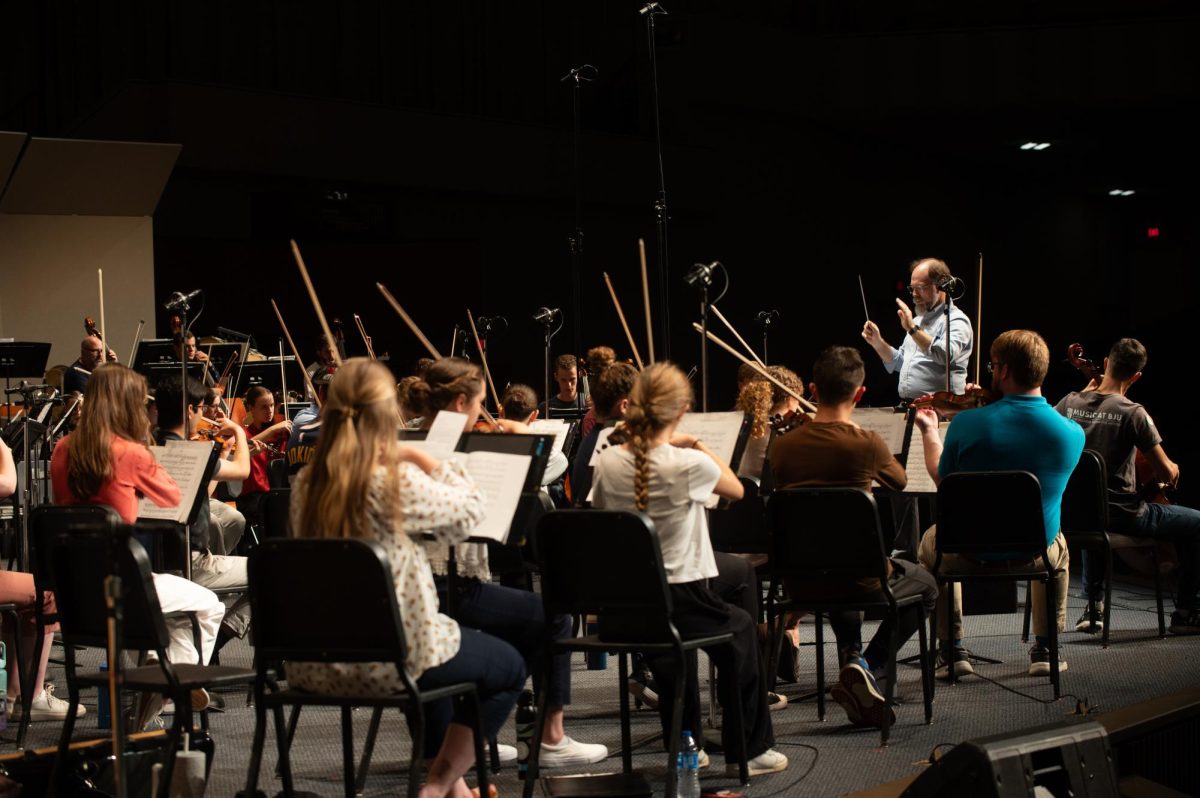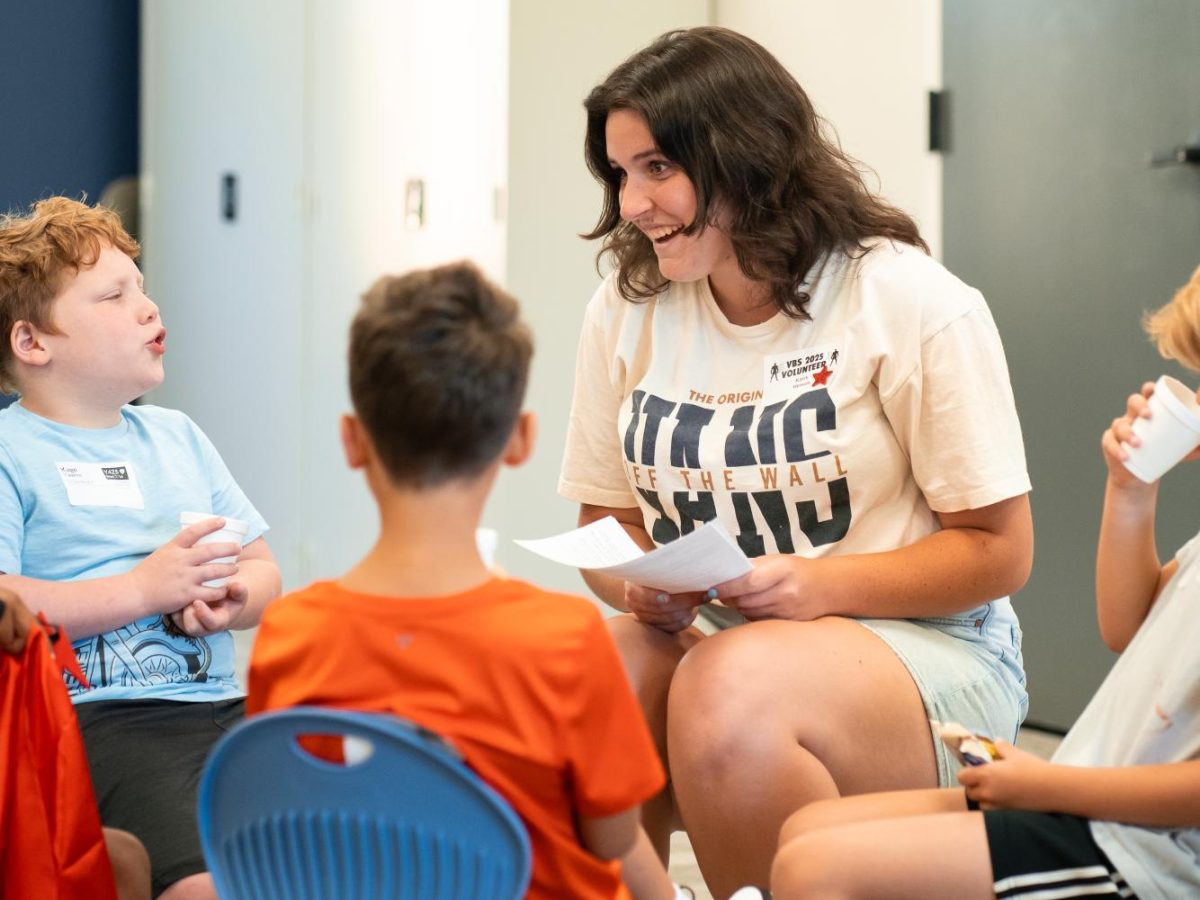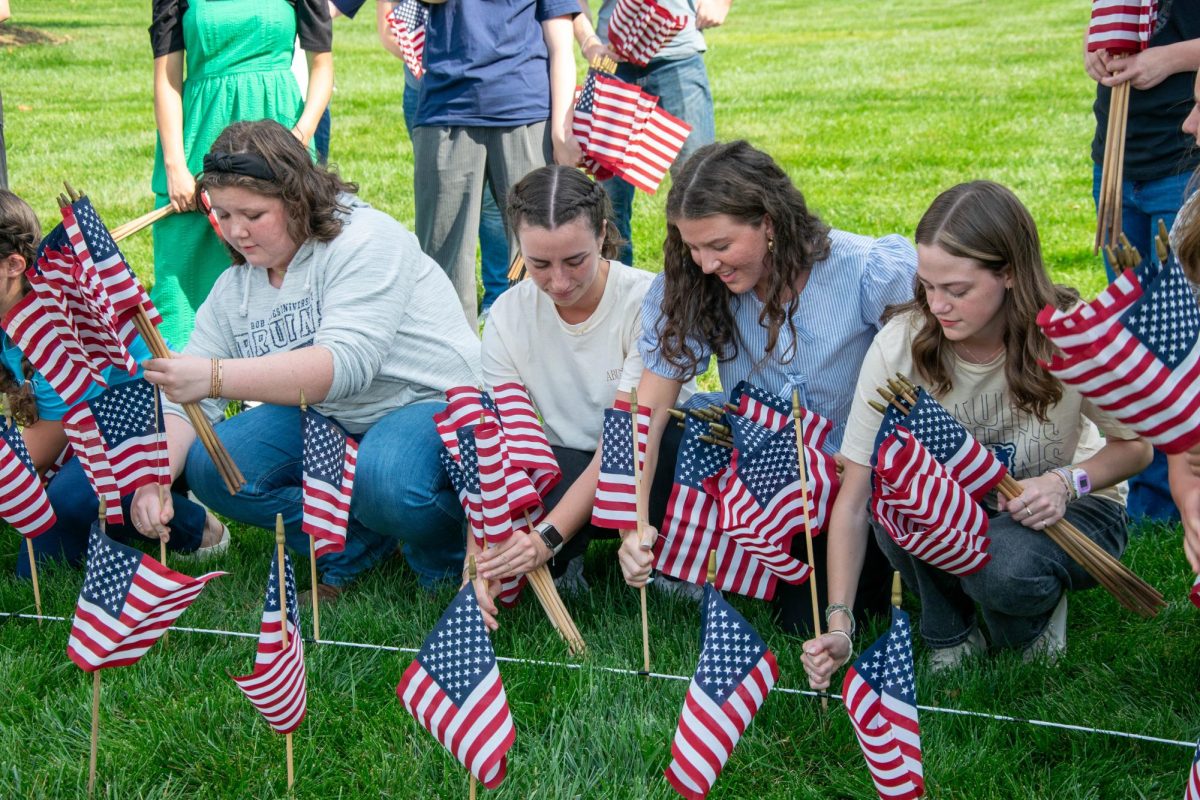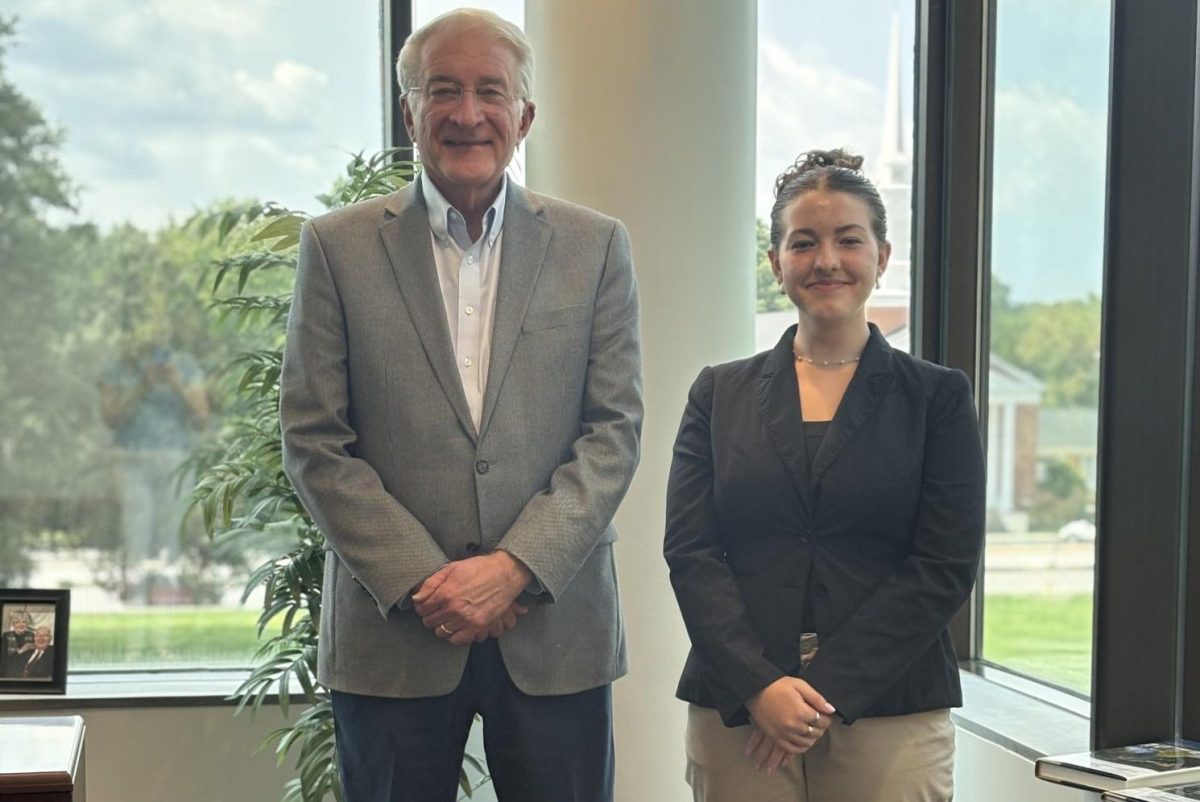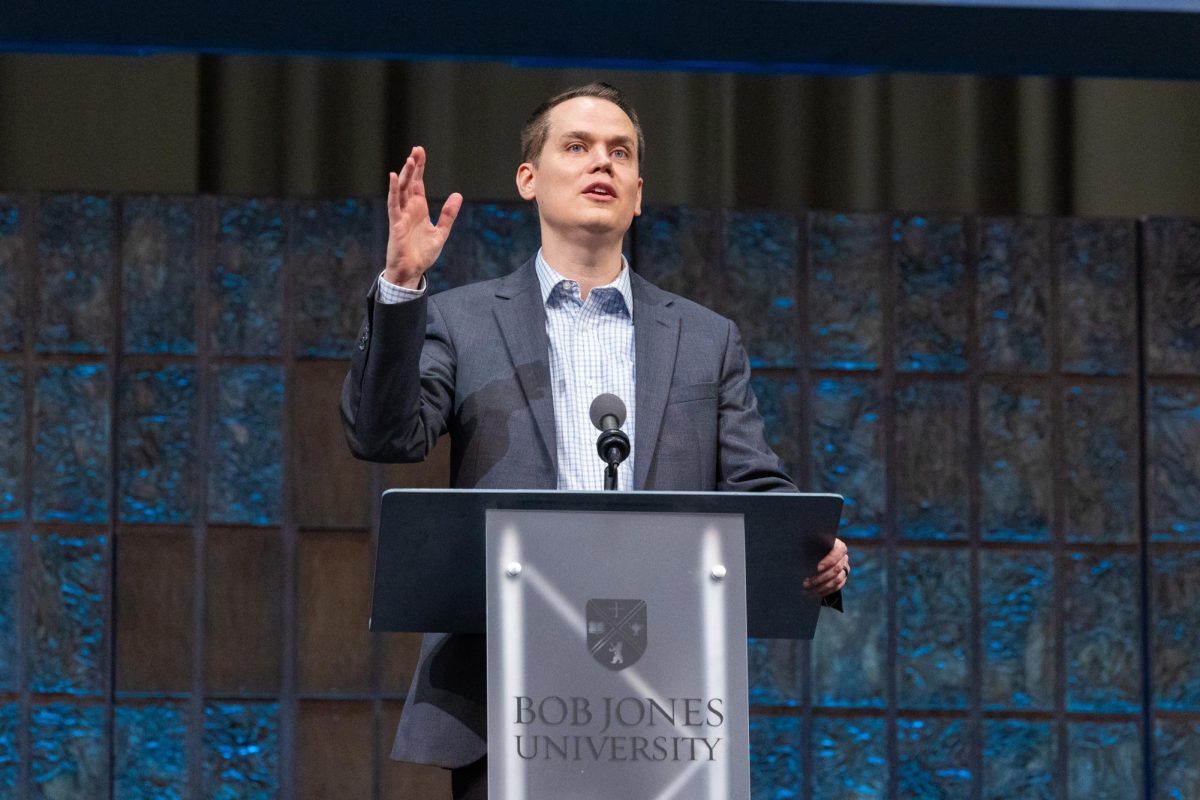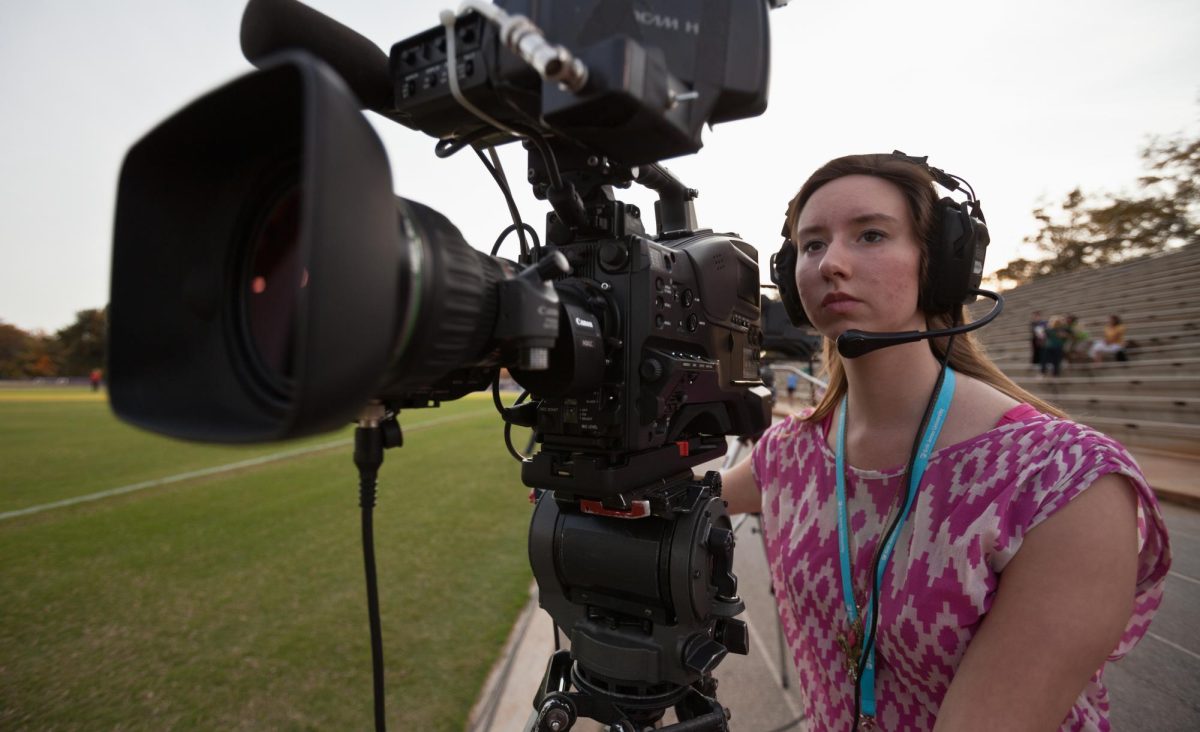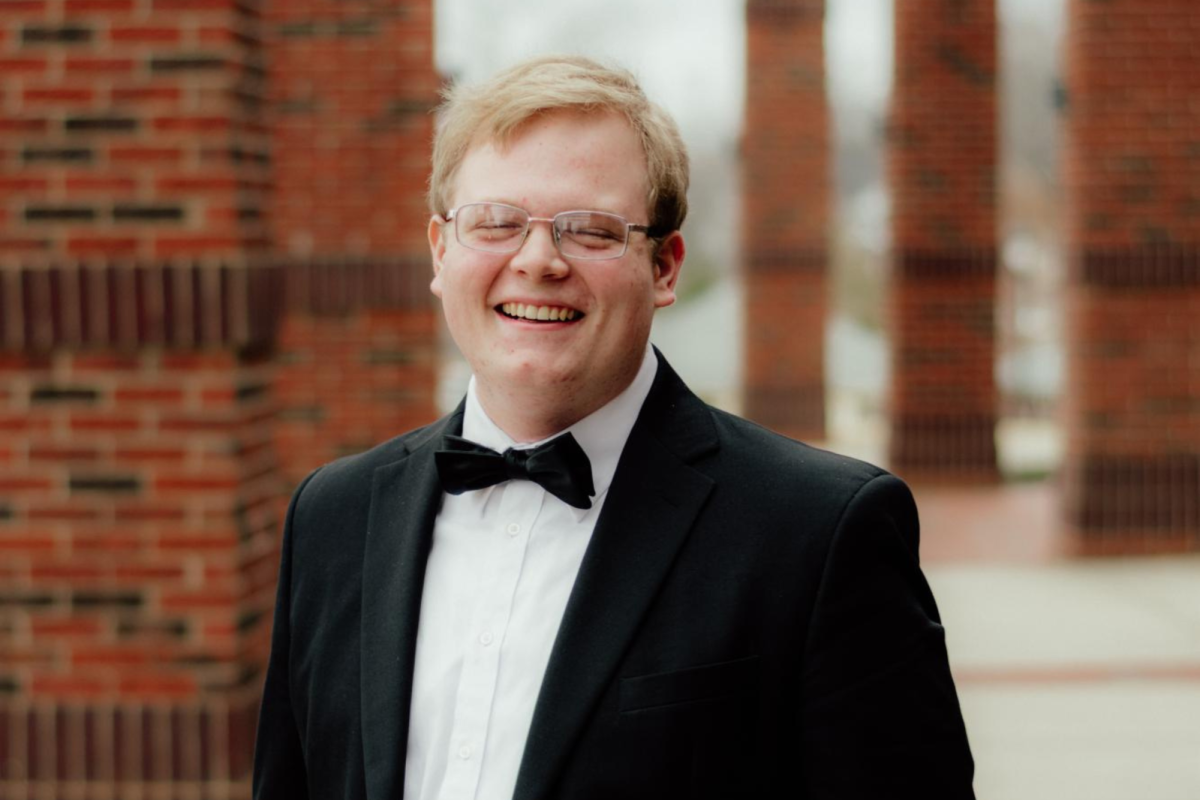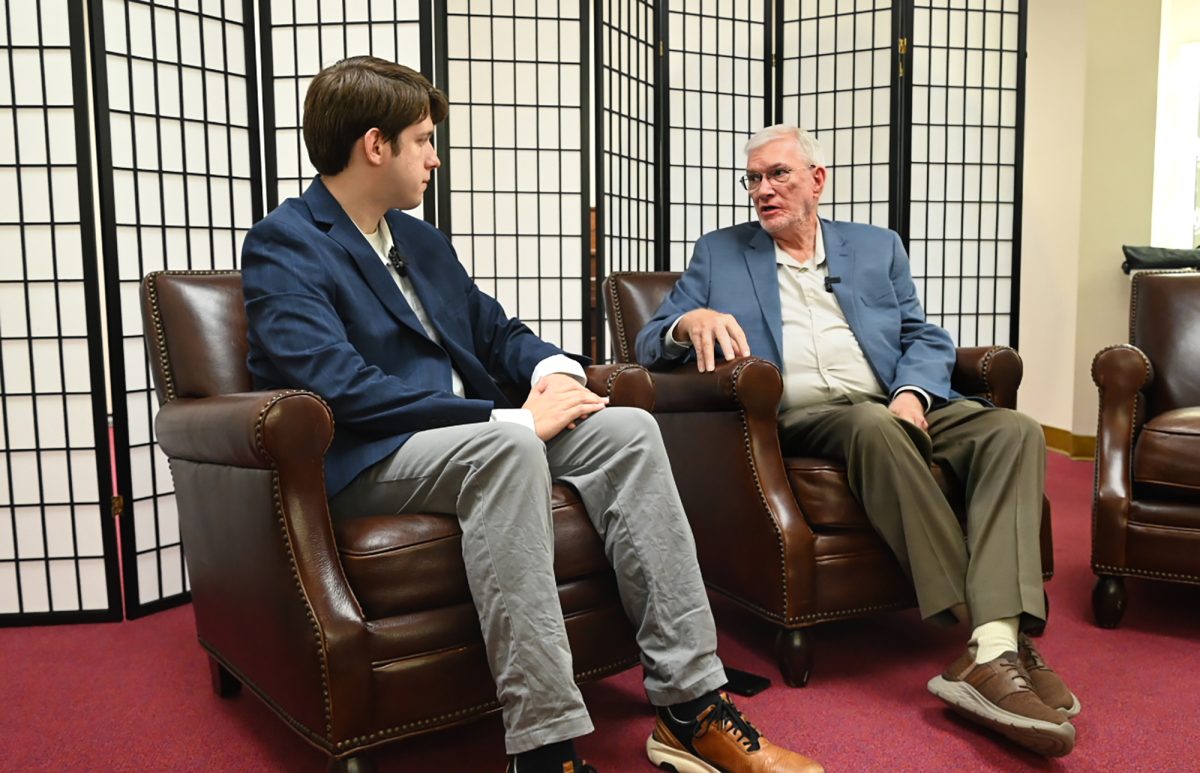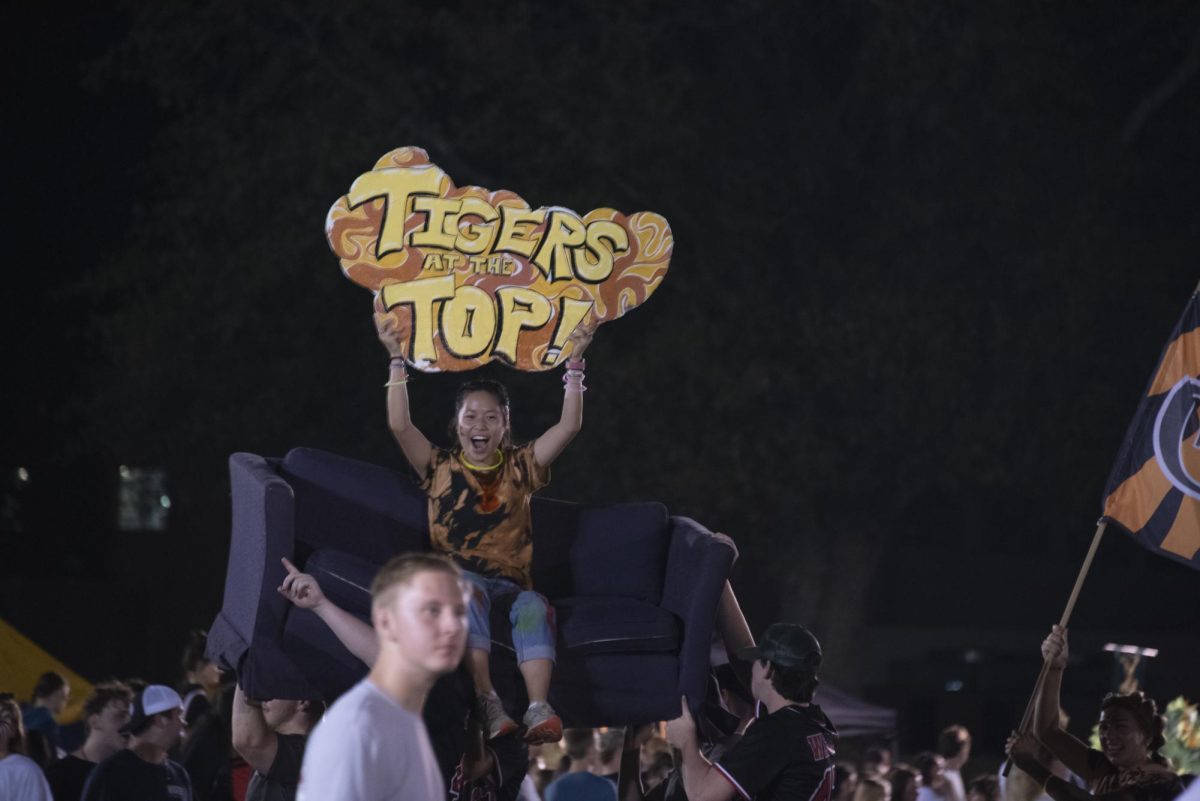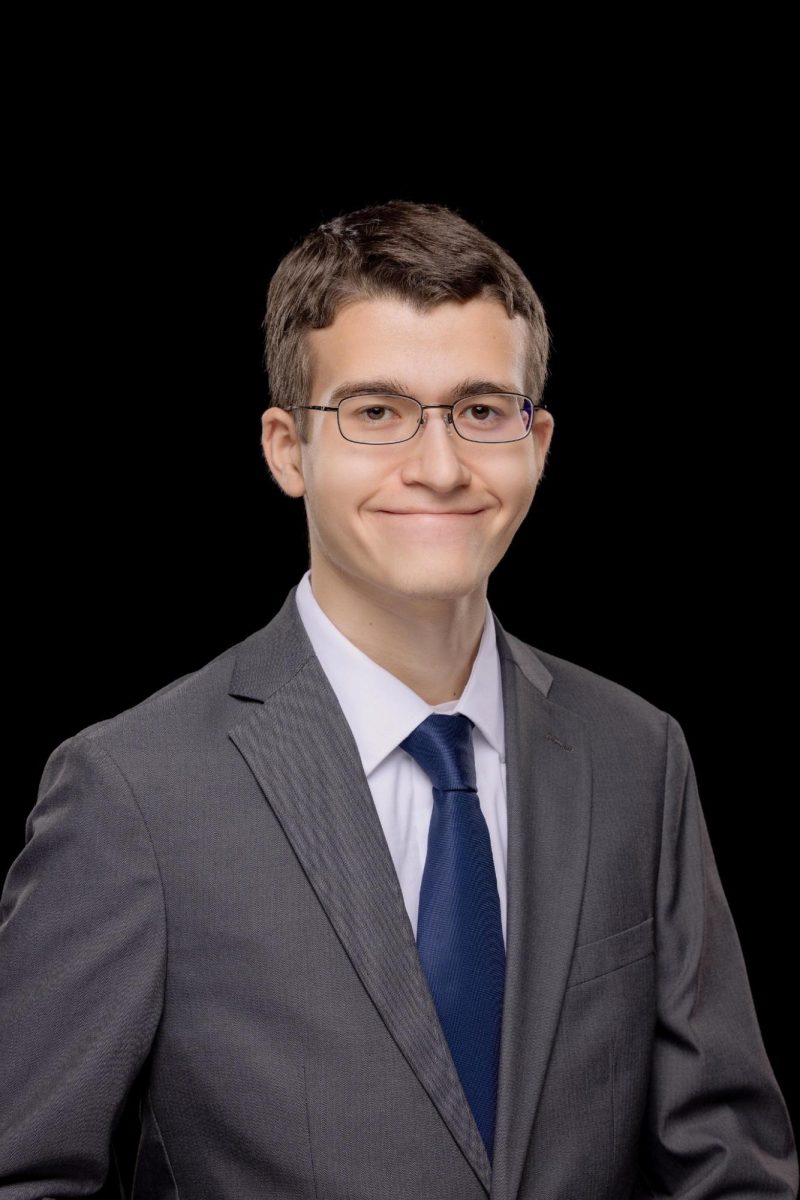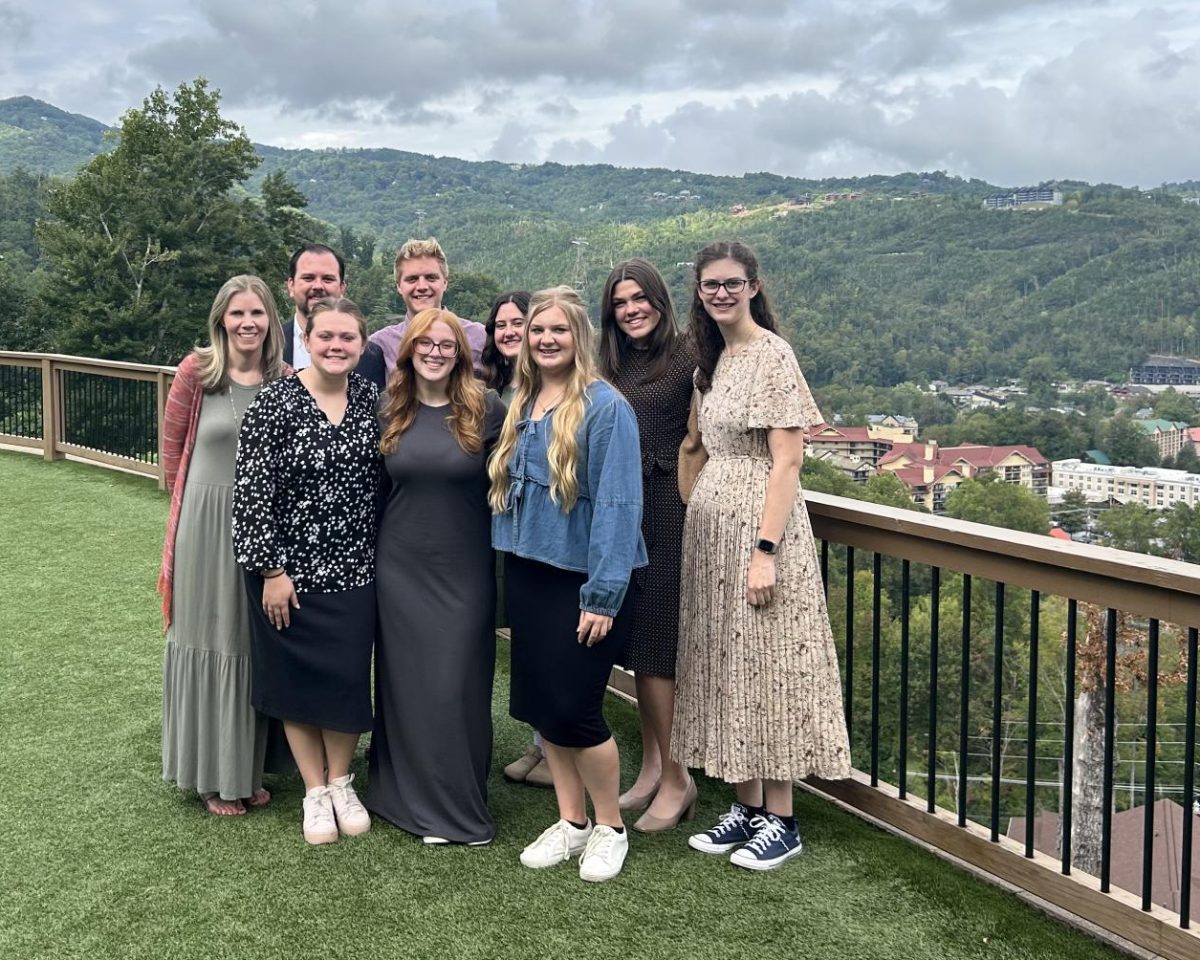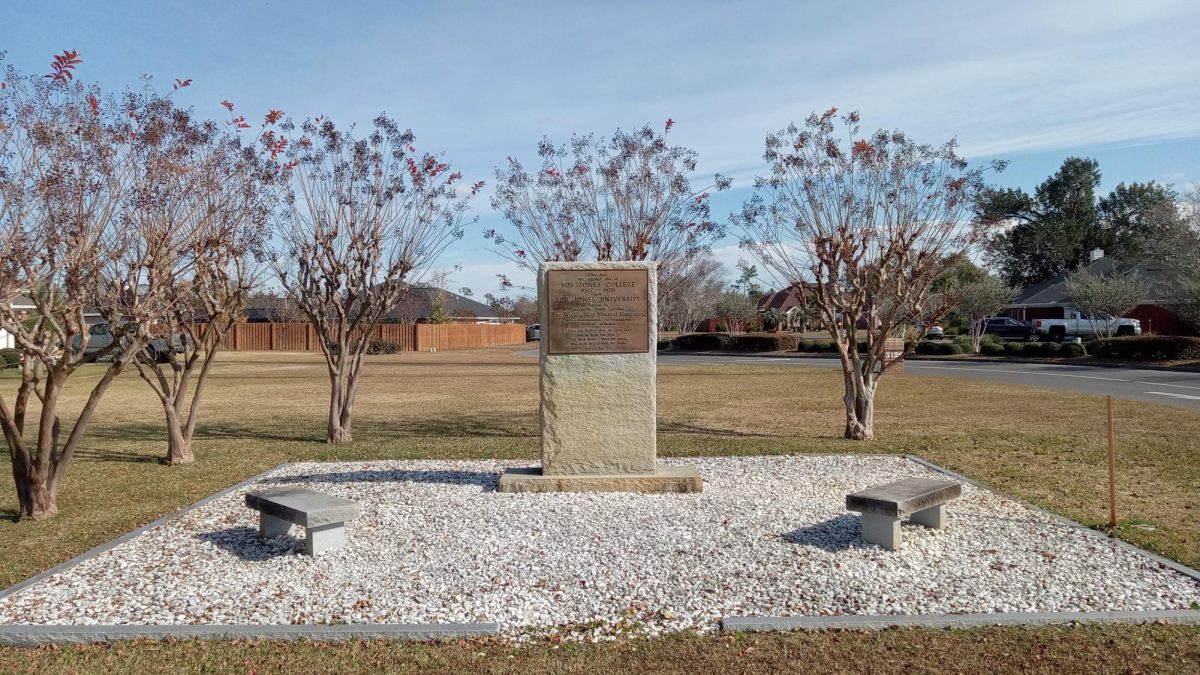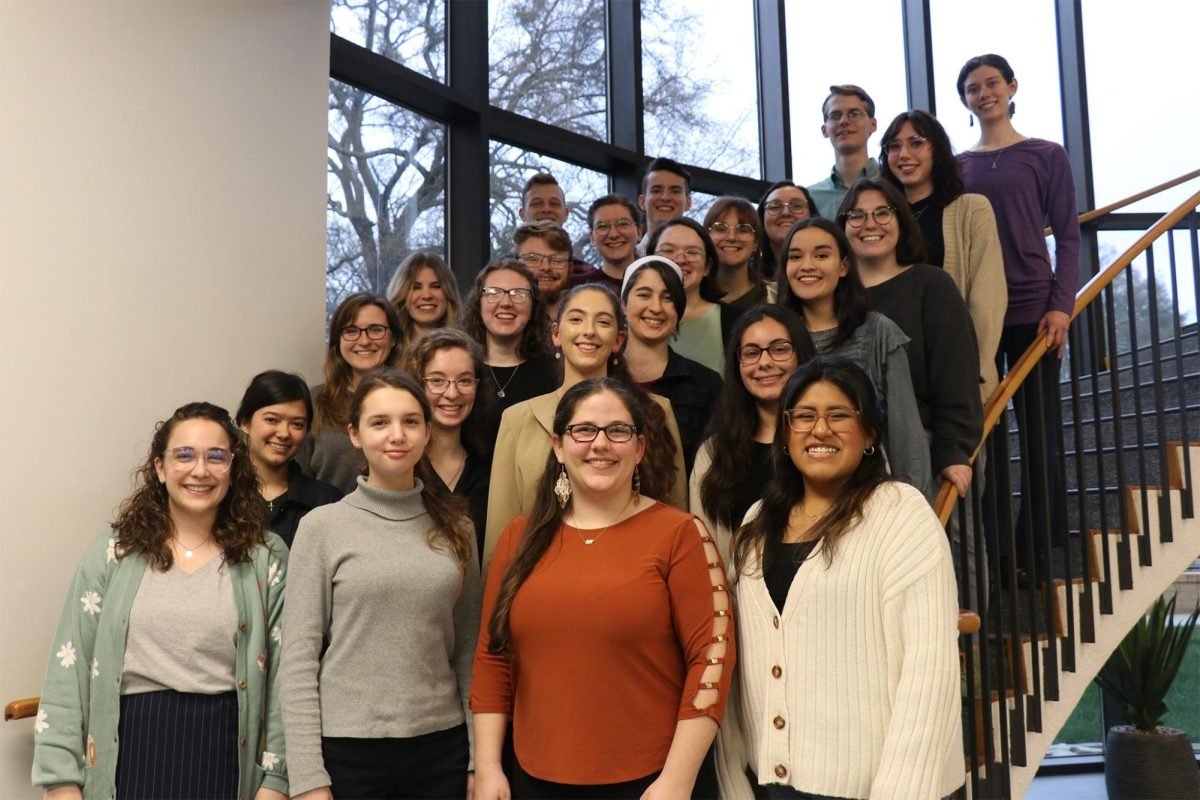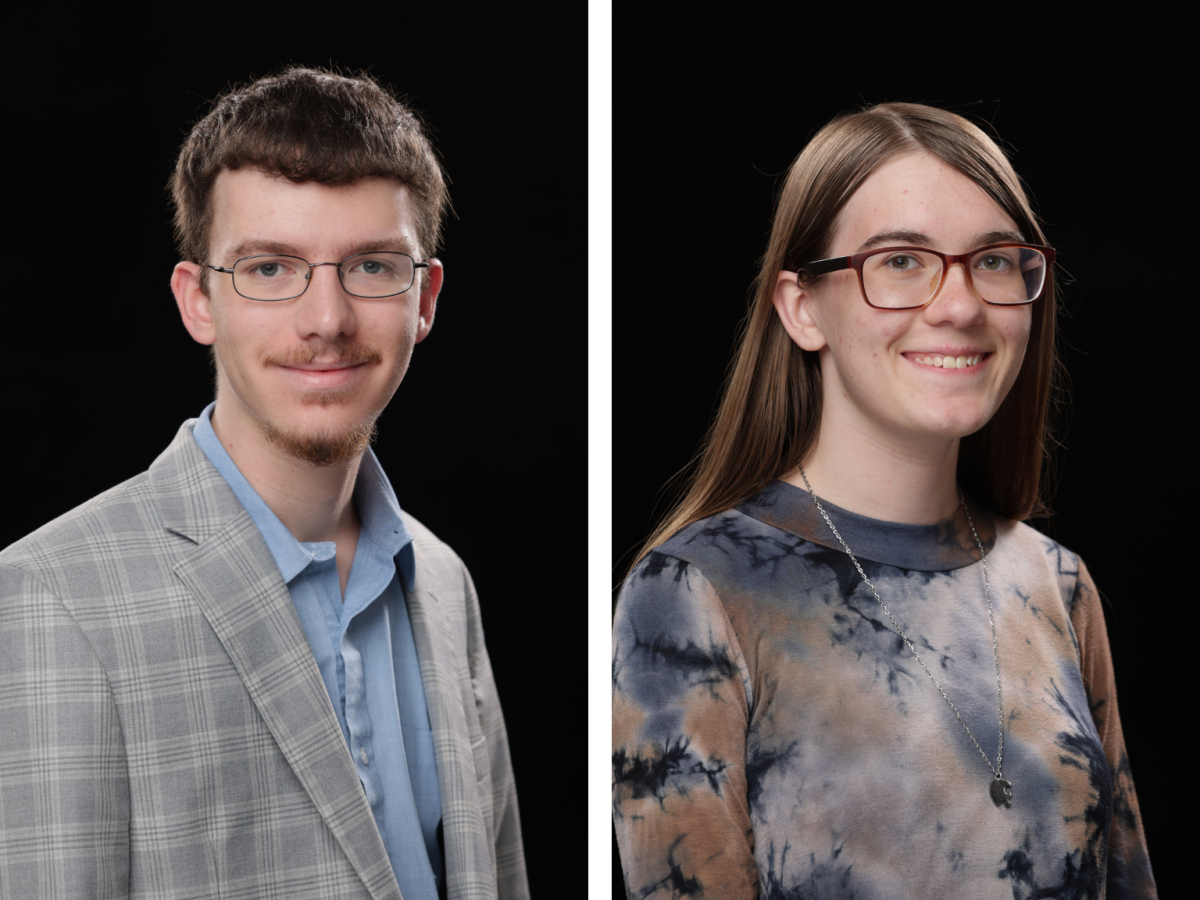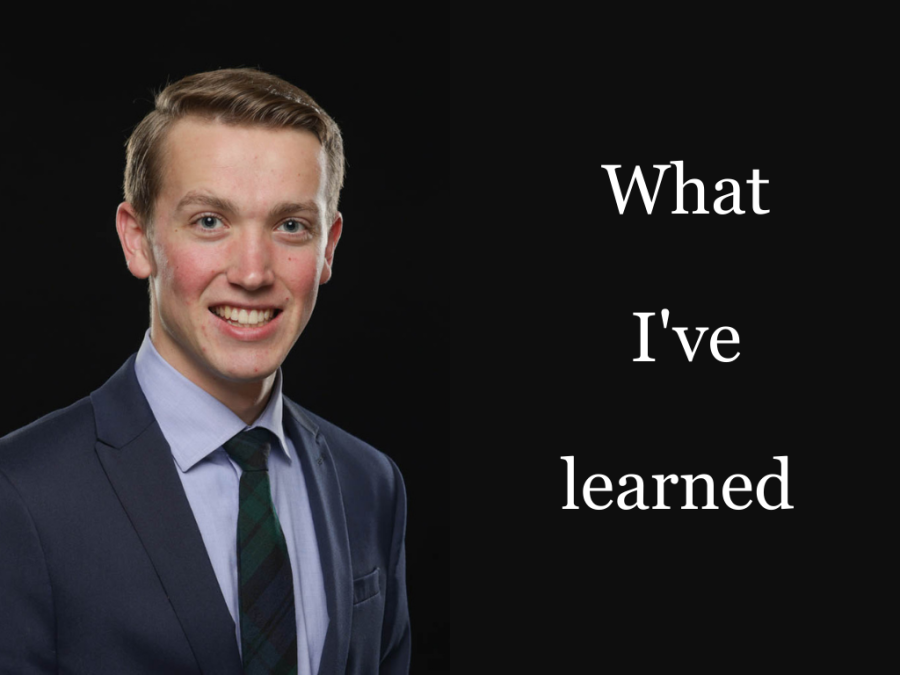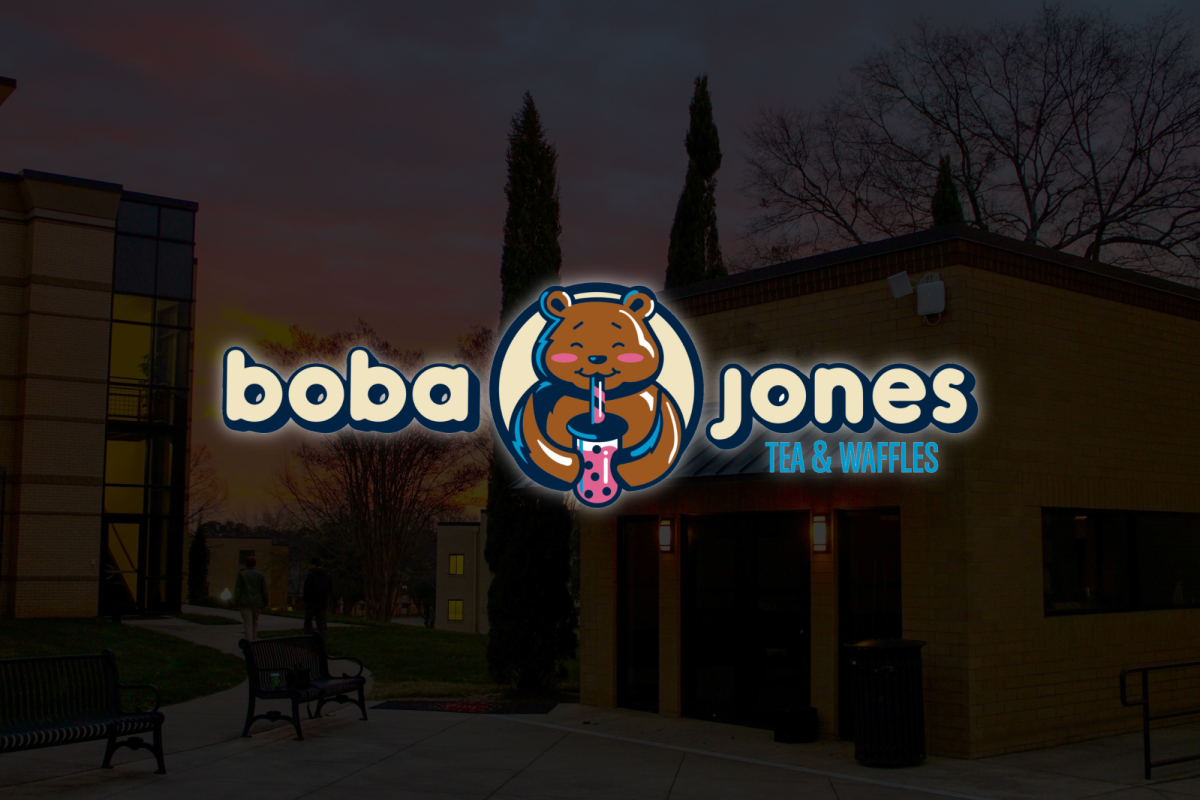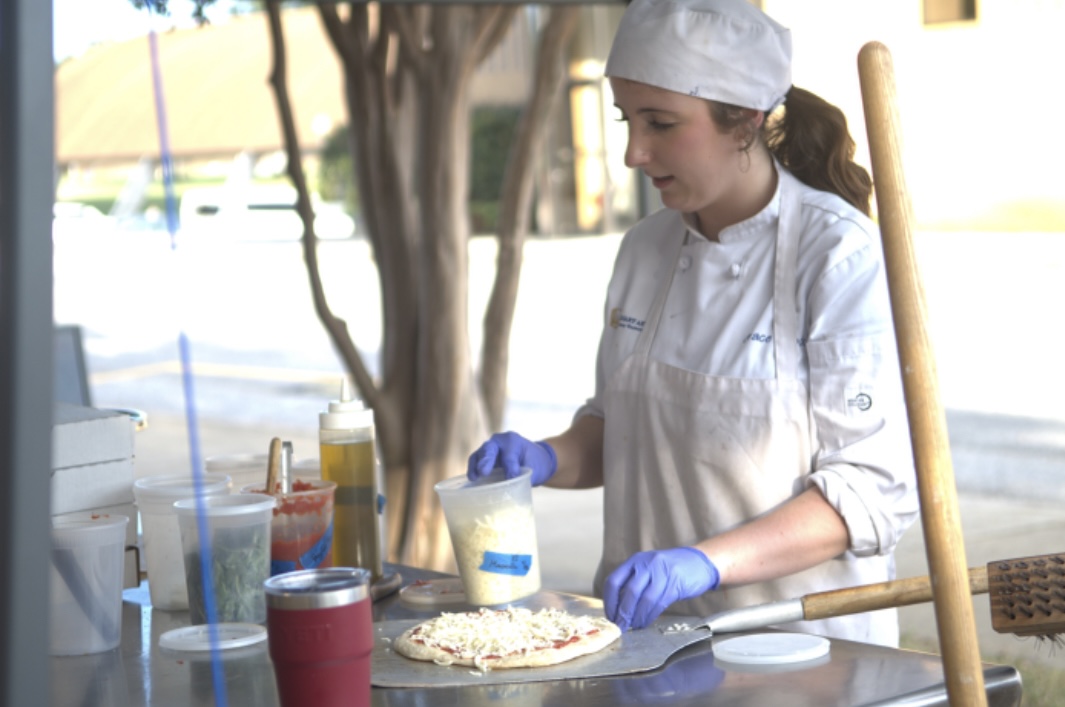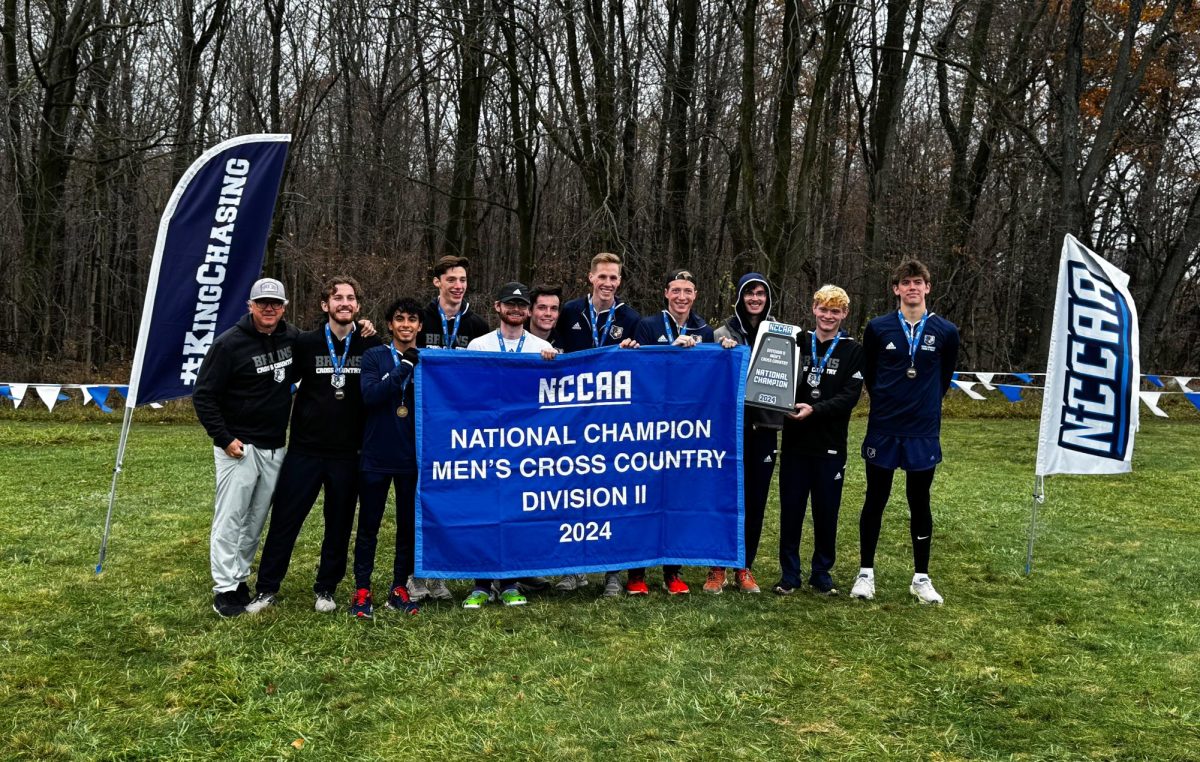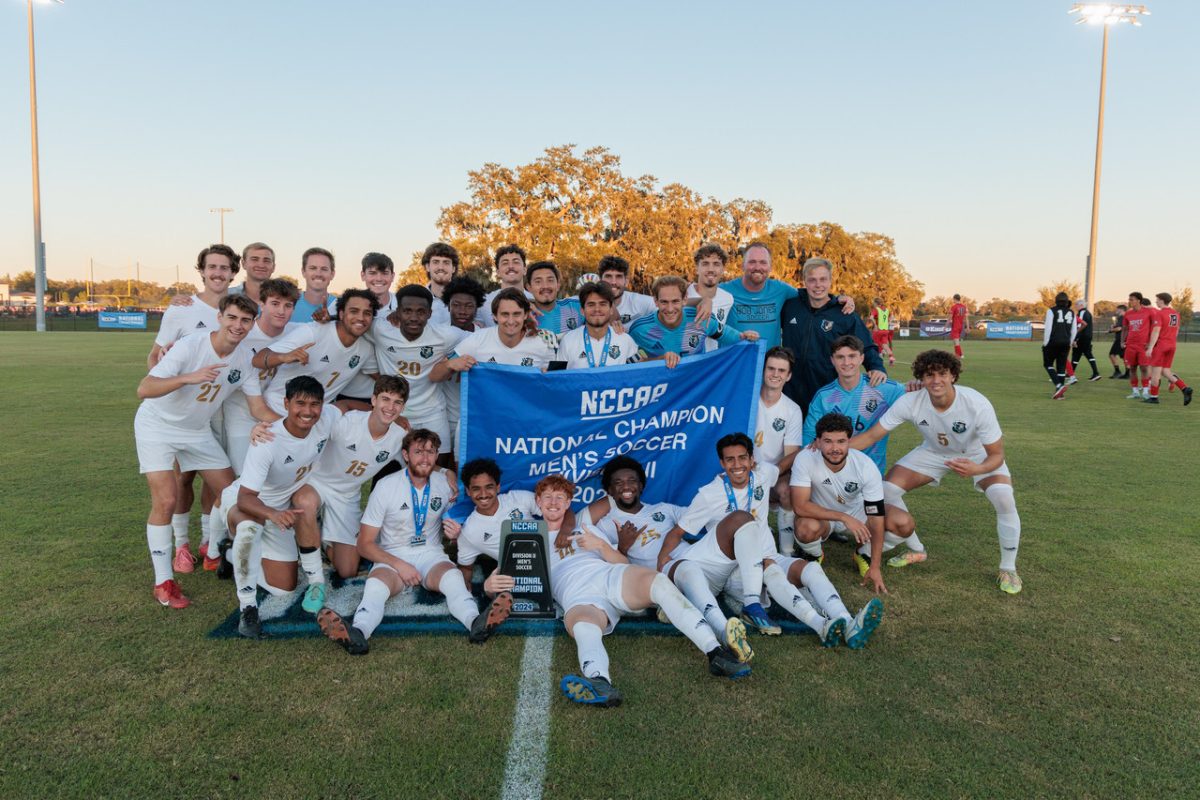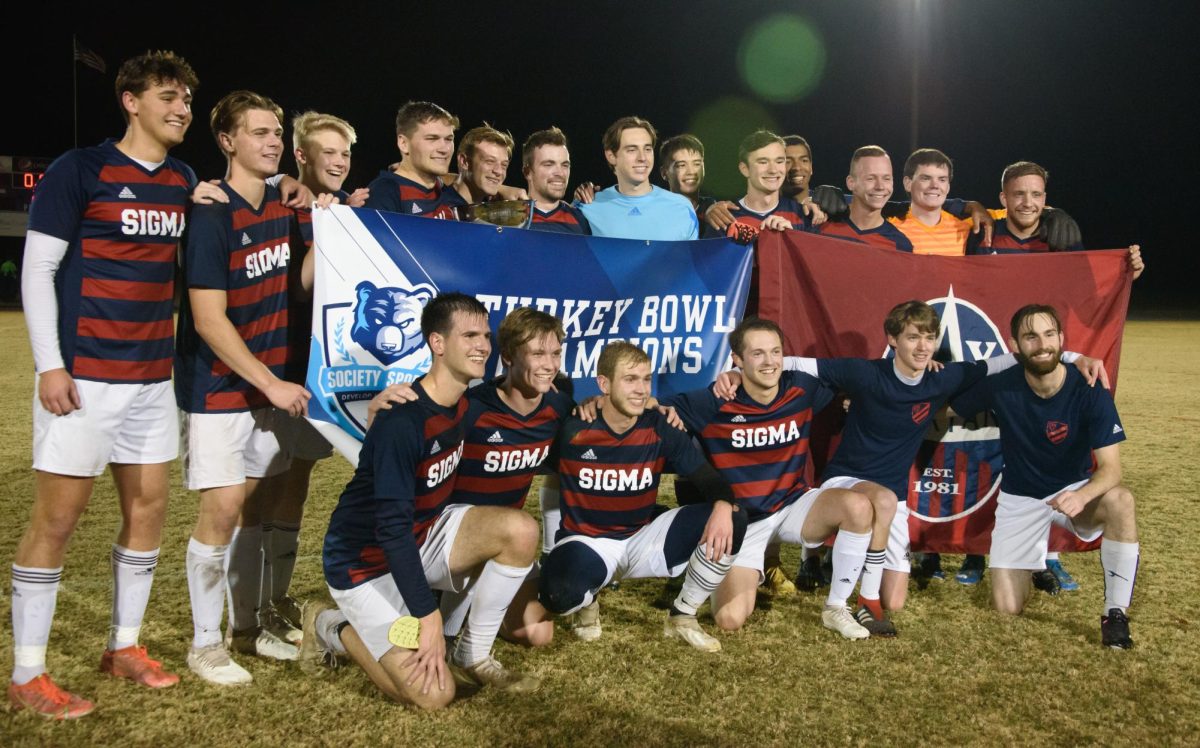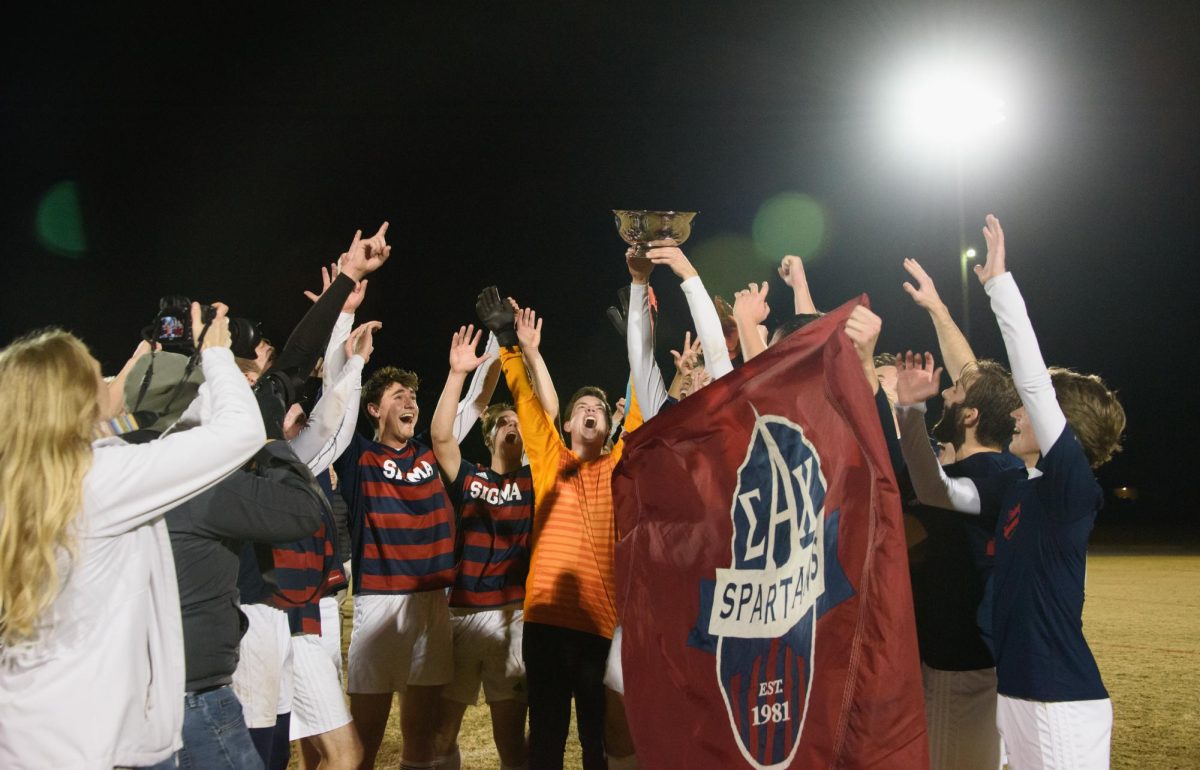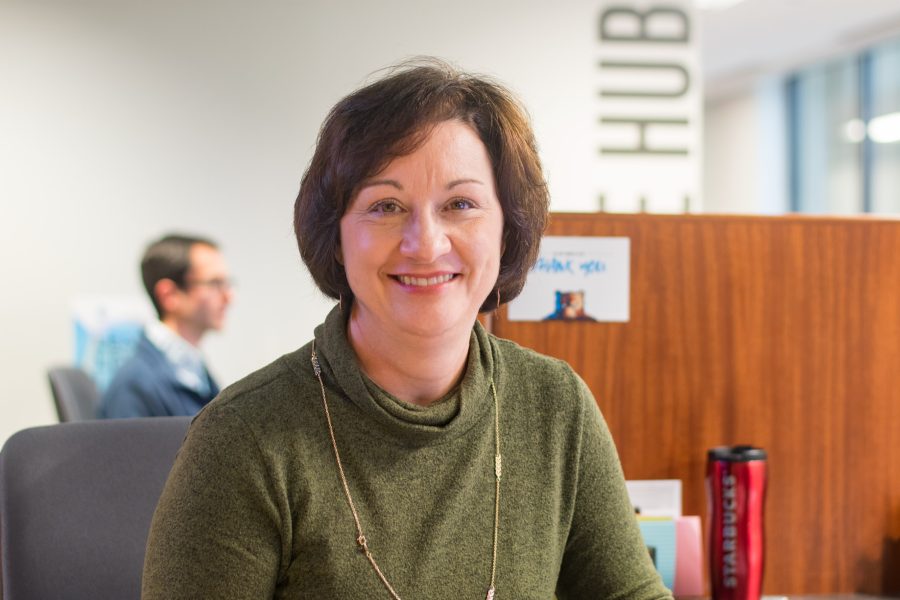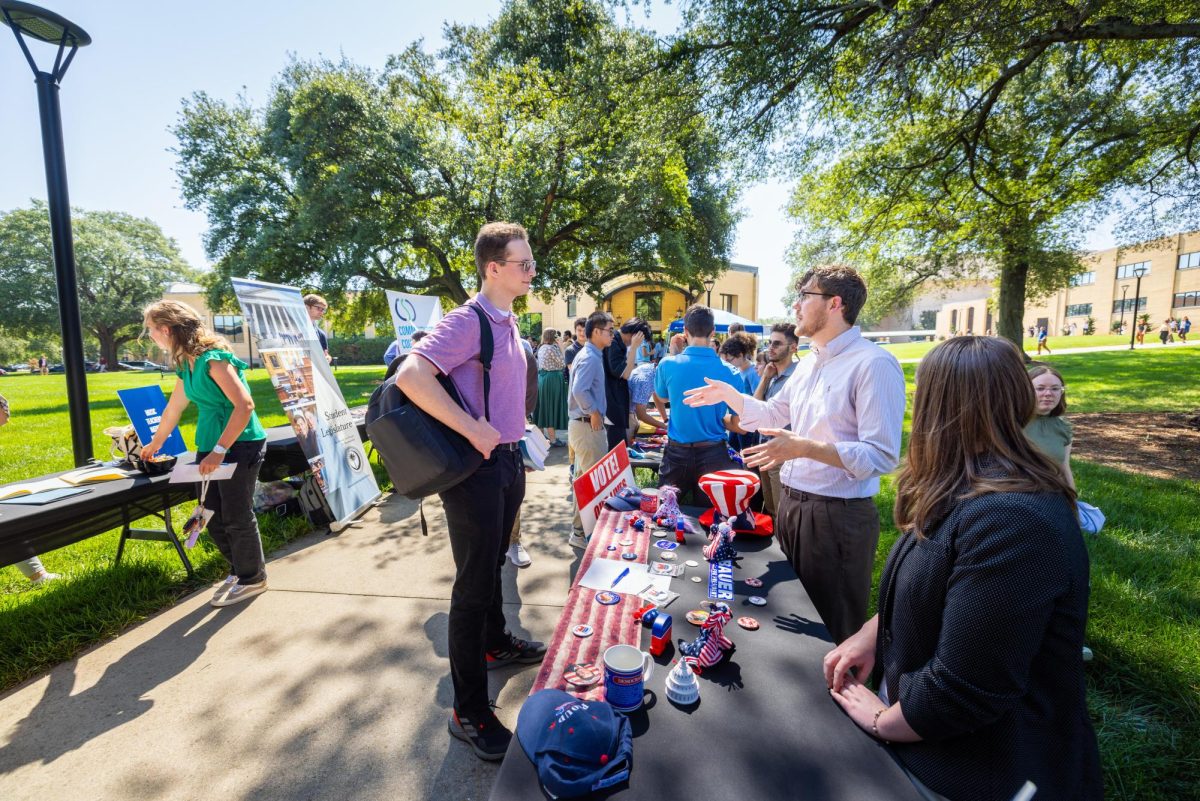Who reads the terms and conditions sections of applications anymore? Who reads all of the necessary information before entering into a loan agreement? Did you read all the fine print in your student loan?
According to the Pew Research Center, 37 percent of adults age 18 to 29 have outstanding student loans.
Most people who signed on the dotted line to receive federal loans, didn’t read all of the fine print associated with paying those loans back.
In 2007, President George W. Bush created a different way for borrowers to pay off their federal student loans from the Standard and Graduated Repayment Plans. This alternate option is student loan forgiveness.
Ted Cheadle, of the BJU Financial Aid Office, explained the three different types of student loan forgiveness and the issues with each.
Cheadle said Public Service and Teacher Loan Forgiveness has many eligibility qualifications a person must meet to receive forgiveness.
Public Service Loan Forgiveness requires working full-time for a qualifying employer in jobs such as law enforcement, military service, public education, public health, early childhood education and public interest legal services.
According to Cheadle, getting Teacher Loan Forgiveness involves being a qualified teacher (determined by taking a test) and teaching for five consecutive years in a low-income school.
Only teachers in certain fields qualify for the program in a governmental effort to encourage quality teachers to work in low-income schools.
The final Loan Forgiveness plan is income-based,meaning a person unable to pay off student loans after 20 years of making gradual payments, may have loans forgiven.
Cheadle said the biggest issue is student loan forgiveness does not mean free money. These programs are still repayment plans.
Anyone participating in one of the programs is still making monthly payments, but with lower fees than other repayment options.
These plans mean paying back loans could take longer. In the end, people on these plans are paying more in interest than on standard repayment plans and their repayment money is still being taxed: resulting in higher fees over time.
According to CNN Money, October 2017 was the first time anyone could qualify for student loan forgiveness.
Of the almost 7,500 people who applied in January 2018, only 1,000 of those are deemed eligible for the program.
Additionally, the Trump administration has proposed ending the Public Service Loan Agreement for new borrowers which could cause additional complications.
Cheadle counsels against the uncertainty of student loan forgiveness. “These financial things are going to affect your future and probably your ability to serve God,” Cheadle said.
“Read the fine print. Know what you’re getting into.”


